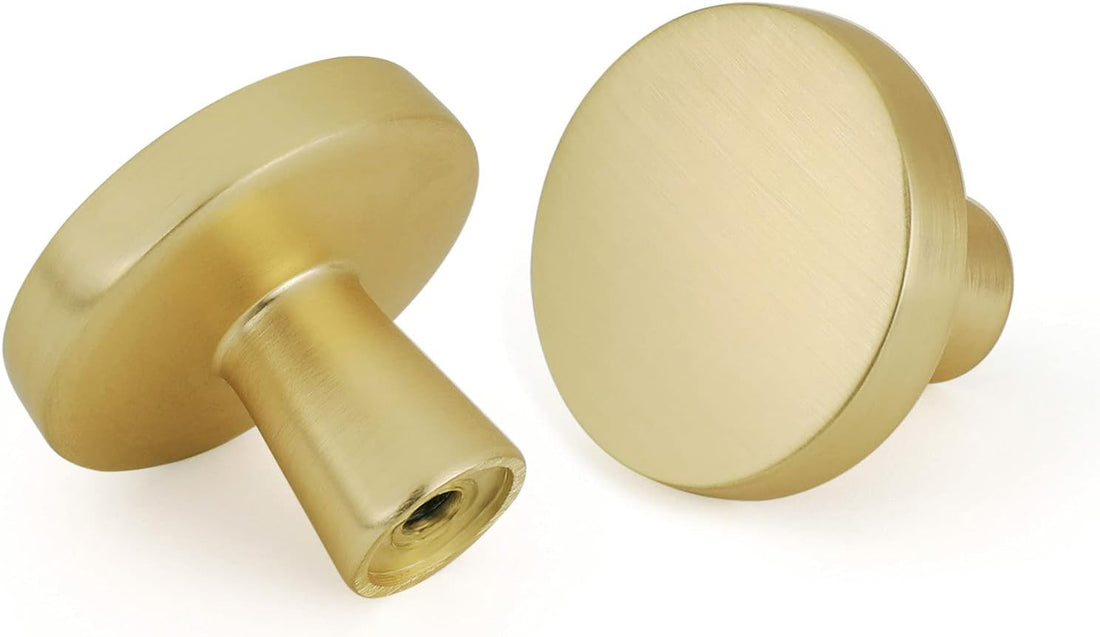
If you’re upgrading your home’s HVAC vents or simply replacing an old grille, you might wonder whether you need to call a professional. The good news is — most floor registers are designed for simple, tool-free installation that any homeowner can handle. This guide covers what a floor register is, when DIY installation is feasible, what tools you’ll need, the correct installation process, and when to consider hiring a professional.
What Is a Floor Register?
A floor register is a vent cover installed over an HVAC duct opening in the floor. It includes:
- A grille — the visible slotted cover.
- A damper — an adjustable flap underneath that controls airflow.
Common residential sizes: 4″×10″, 4″×12″, and 6″×10″ — measured by the duct opening, not the register’s outer face. (Source: Lowe’s, RectorSeal)
Placement tip: Registers are typically located near doors, windows, or exterior walls to balance heat loss or gain efficiently.
➡️ View modern vent covers 🏡🔑
Can You Install a Floor Register Yourself?
✅ Yes, you can — if you’re replacing an existing register.
Most modern registers are made for drop-in installation, meaning you simply place them into the floor duct opening. No wiring or complex fitting is required.
DIY installation works best when:
- The duct opening already exists and matches standard dimensions.
- The flooring is even and easily accessible.
- You’re not altering ductwork or cutting new openings.
You might need professional help when:
- You’re installing a flush-mount register that must sit level with hardwood or tile flooring.
- The duct opening is damaged, irregular, or requires resizing.
- You’re adding a new vent location (involves cutting subfloor and connecting new ductwork).
Tools and Materials You’ll Need
Before you begin, prepare these essentials:
- Tape measure – to confirm duct opening size.
- Screwdriver or drill – if the register is screw-mounted.
- Vacuum or brush – to clean dust and debris.
- Foam gasket or tape (optional) – for tighter seal and reduced rattling.
- The new register – matching the opening size.
🧰 Pro Tip: Most floor registers are drop-in, meaning they rest on a lip and require no screws. However, in high-traffic areas or on carpet, a screw-mounted or clip-secured design is more stable.
Step-by-Step Installation Guide
A. Standard Drop-In or Screw-Down Register
1. Remove the old register — unscrew or lift it out gently.
2. Clean the duct opening using a vacuum or cloth.
3. Measure the opening (width × length) and confirm your new register fits.
4. Insert the new register — drop it into the opening so the frame rests flush on the floor.
5. Secure if necessary — use screws for carpeted or high-traffic areas.
6. Adjust airflow by moving the damper lever to the desired position.
B. Flush-Mount Register Installation (Hardwood or Tile Floors)
Installing a flush-mount register — one that sits level with the flooring — is slightly more advanced:
1. Mark the opening based on the duct dimensions.
2. Cut the flooring using a saw for a precise fit.
3. Secure the register frame with nails or adhesive to the subfloor.
4. Install flooring around the frame so the top surface remains flush.
5. Insert the vent cover and ensure smooth damper operation.
⚠️ Note: Flush-mount vents require accurate cutting and alignment. It’s best handled by experienced DIYers or flooring professionals.
Common Mistakes to Avoid
❌ Using the wrong size: Always measure the duct opening, not the old register’s faceplate.
❌ Blocking airflow: Avoid placing rugs or furniture directly over registers — it reduces HVAC efficiency.
❌ Ignoring air leaks: Use a gasket or seal if there’s a visible gap around the register edge.
❌ Cutting near joists: When adding new openings, check floor structure before cutting.
How Easy Is It Really?
|
Situation |
Difficulty |
Tools Needed |
Time Required |
|
Replacing an existing register |
⭐ Easy |
None or screwdriver |
10–20 minutes |
|
Installing on carpet |
⭐⭐ Moderate |
Screwdriver, drill |
20–30 minutes |
|
Flush-mount in hardwood |
⭐⭐⭐ Skilled |
Saw, nails, adhesive |
1–2 hours |
|
New duct opening |
⭐⭐⭐⭐ Professional |
Duct tools, saw |
Several hours |
In most homes, a standard replacement takes less than 30 minutes, requires minimal tools, and needs no professional help.
Final Thoughts
Installing a floor register is one of the simplest HVAC maintenance tasks a homeowner can perform.
If your goal is to upgrade aesthetics or improve airflow, all you need is the correct size, clean duct edges, and a snug fit.
However, for flush-mount installations or new duct cut-outs, professional assistance ensures a clean finish and proper system balance.
✅ Bottom line:
“Replacing a standard floor register is a quick, beginner-friendly DIY job.
Creating new openings or integrating flush-mounts is best left to professionals.”
👉 Learn Ways To Enhance Your Home With Decorative Floor Registers
👉 How to Match Your Floor Registers With Your Interior Decor




